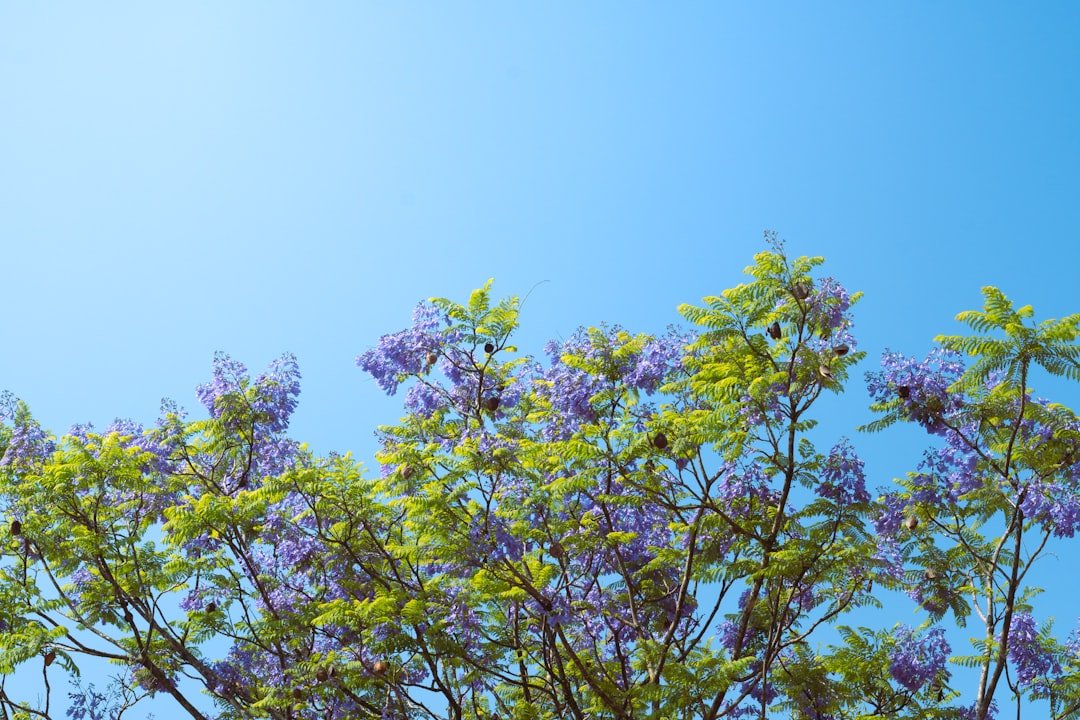
Flowers have always held a special place in human culture, representing beauty, love, and fleeting moments in time. Their ephemeral nature has prompted various civilizations to seek ways of capturing their essence long after their bloom fades. This blog post dives into the fascinating world of historical practices in flower preservation, showcasing methods that span centuries and cultures, while also considering how these age-old techniques inform modern approaches to preserving floral beauty.
The Significance of Flowers in History
Flowers have played a vital role throughout history, serving as symbols, gifts, and decor. They enhance life's most significant occasions, from joyful celebrations like weddings and birthdays to solemn ceremonies such as funerals. Ancient cultures recognized the significance of floral arrangements, and many sought innovative ways to maintain their beauty. Understanding the historical context of flower preservation offers insights into the lengths humankind has gone to celebrate and remember these delicate treasures.
Ancient Techniques: A Look Back
In ancient civilizations, people engaged in various methods of flower preservation that reflect their connection to nature and the desire to hold onto ephemeral beauty. Here are a few notable practices:
- Drying: One of the oldest methods, drying flowers involved hanging them upside down in a cool, dark place. This technique was utilized by Egyptians to prepare flowers for burial in tombs, ensuring that the deceased had beauty to accompany them in the afterlife.
- Pressing: Pressing flowers between the pages of books or in specially-designed presses became popular in Europe during the Renaissance. This not only preserved the flowers but also created beautiful art pieces for display, capturing the intricate details of each bloom.
- Resin Infusion: Ancient Greeks and Romans used resin to preserve flowers as decorative items. They would submerge blooms in resin, creating lasting keepsakes that retained color and form.
The Art of Drying Flowers
One of the most commonly practiced methods of flower preservation throughout history is drying. While the technique may seem simple, its variations are diverse and offer a plethora of possibilities. Different countries have their own unique approaches to drying flowers, influenced by the climate, vegetation, and available materials.
Traditional Drying Methods
Exploring some traditional and historic drying methods reveals the creativity involved:
- Air Drying: This natural method involves hanging a bunch of flowers upside down, allowing air to circulate around them. It’s a low-maintenance technique that has stood the test of time.
- Silica Gel Drying: Although a more modern method, silica gel has roots in ancient times when similar desiccants were used. The gel extracts moisture from the flowers efficiently while preserving their color.
- Microwave Drying: In recent times, microwaving flowers with silica gel has become a popular method, allowing for quick drying without losing structural integrity. Ancient civilizations would have marveled at this efficiency!
Pressing Flowers: A Timeless Tradition
Pressing flowers has gained popularity as an artistic expression that highlights the delicate beauty of blooms. While the process may seem simple, it requires patience and knowledge to achieve the desired results.
The Process of Flower Pressing
Here’s a step-by-step guide to pressing flowers, a technique that dates back to the Renaissance:
- Select fresh blooms with vibrant colors and sturdy petals.
- Trim the stems and arrange them between two pieces of absorbent paper.
- Place the paper within a heavy book or a flower press to apply consistent pressure.
- Leave the flowers to press for several weeks, allowing moisture to evaporate completely.
- Once dried, the flowers can be framed, used in crafting projects, or included in keepsakes.
This method, admired for its aesthetic result, is still utilized by artists and crafters today, showcasing femininity and nostalgia.
The Revival of Victorian Techniques
The Victorian era brought forth an explosion of floral appreciation, with a focus on the language of flowers—known as floriography—deeply embedded in society. Victorians expressed their emotions and sentiments through floral arrangements, leading to elaborate preservation methods.
Victorian Flower Presses
During this time, flower presses became intricate and artistically designed. With fine woodwork and ornamental embellishments, these presses were often passed down through generations. They illustrated society's reverence for flowers and nature, highlighting creativity and sentimental value.
Global Practices of Flower Preservation
Every culture has its unique way of preserving flowers. Let's take a look at some fascinating practices from around the globe:
Japanese Ikebana
In Japan, the art of Ikebana extends beyond simple flower arrangements; it encapsulates the philosophy of harmony between nature and humanity. Flowers are arranged thoughtfully, encouraging careful selection and short shelf life, often leading to a focus on preservation methods to honor the artwork.
Mexican Papel Picado
México celebrates life and death through vibrant decorative banners called papel picado, often featuring floral motifs. The blending of flowers in artwork reflects a historical practice of celebrating floral beauty in both life and as part of remembrance rituals.
Modern Flower Preservation Techniques
Embracing historical practices can enhance modern techniques that elevate the art of flower preservation. Below are some contemporary methods inspired by traditional techniques:
Modern Drying Techniques
With the rise of technology, methods such as freeze-drying have become popular. This technique allows flowers to retain their vibrant colors and shapes more effectively than traditional air-drying methods.
Preservation with Epoxy Resins
Similar to the ancient method of resin infusion, modern techniques utilize epoxy resins to encase flowers within cast objects, creating stunning showcases that protect your blooms while allowing them to be displayed beautifully.
Incorporating Flower Preservation into Everyday Life
Incorporating preserved flowers into your everyday life can transform spaces and create lasting memories. Here are some creative ideas on how to showcase preserved flowers:
- Home Decor: Frame pressed flowers and hang them as wall art, or use dried arrangements in vases to enhance your home.
- Gift Giving: Present preserved flowers as sentimental gifts for special occasions; they serve as lasting tokens of affection.
- Crafting: Create personalized greeting cards, bookmarks, or scrapbooks using pressed flowers for a unique touch.
Keeping the Tradition Alive: Your Path Forward
The art of preserving flowers beautifully links us to our history and cultures. As we explore historical practices in flower preservation, it is essential to consider how these time-tested techniques can enrich our lives today.
Finding Inspiration in History
Immerse yourself in the beauty of flower preservation by studying historical methods and integrating them into your craft. Start by experimenting with simple drying and pressing techniques, or consider exploring resin-infused creations. Your imagination—and history—holds the key to creating lasting beauty.
Embrace the Blossoms of Time
As you look back at the enchanting history of flower preservation, we encourage you to embrace the traditions that resonate with you. By honoring these practices, you not only preserve the beauty of flowers but also celebrate the rich tapestry of cultures and history that surround them. The techniques passed down through generations provide a deep appreciation of nature's wonders and offer creative ways to keep cherished memories alive.
So gather your favorite blooms, whether from a garden, a stroll through a local flower shop, or a beloved occasion, and embark on your journey to preserve their beauty. Let the past lead you forward, ensuring that each blossom's story continues to thrive in your life.
